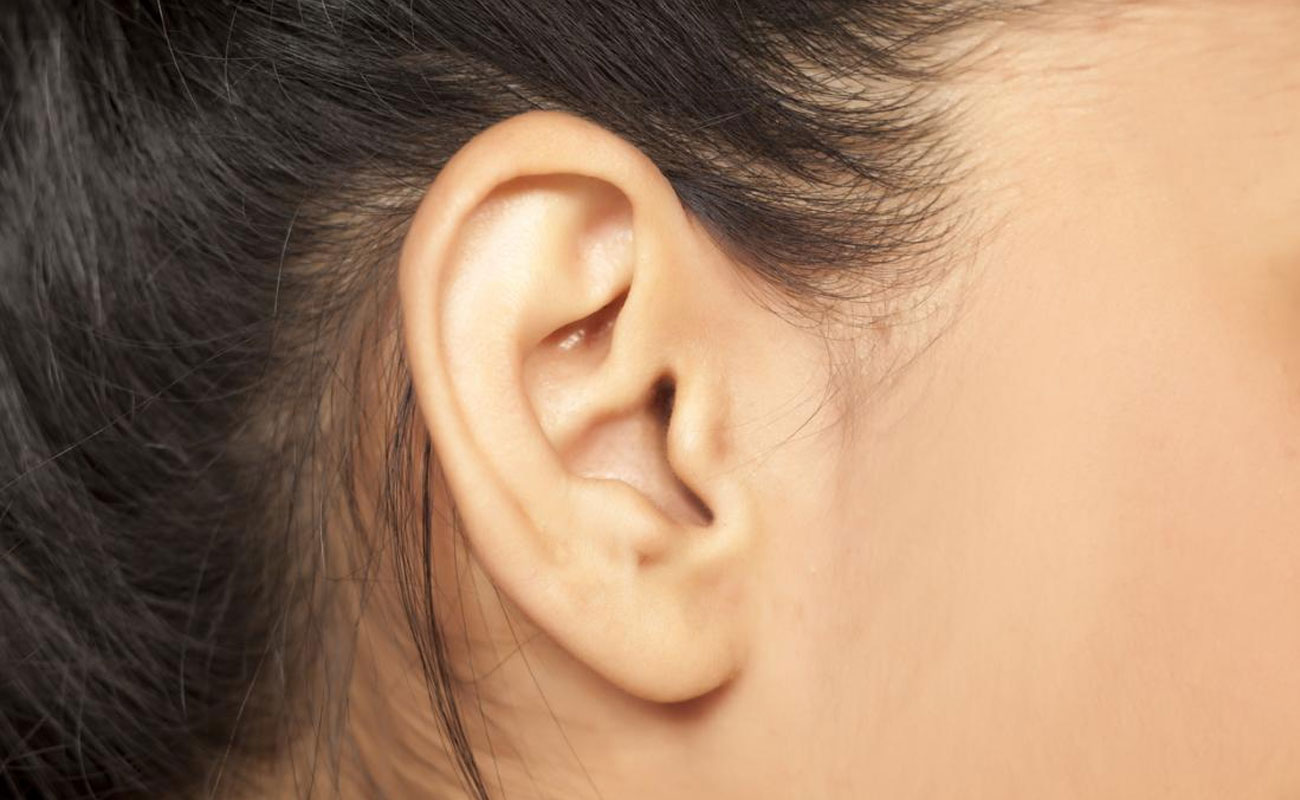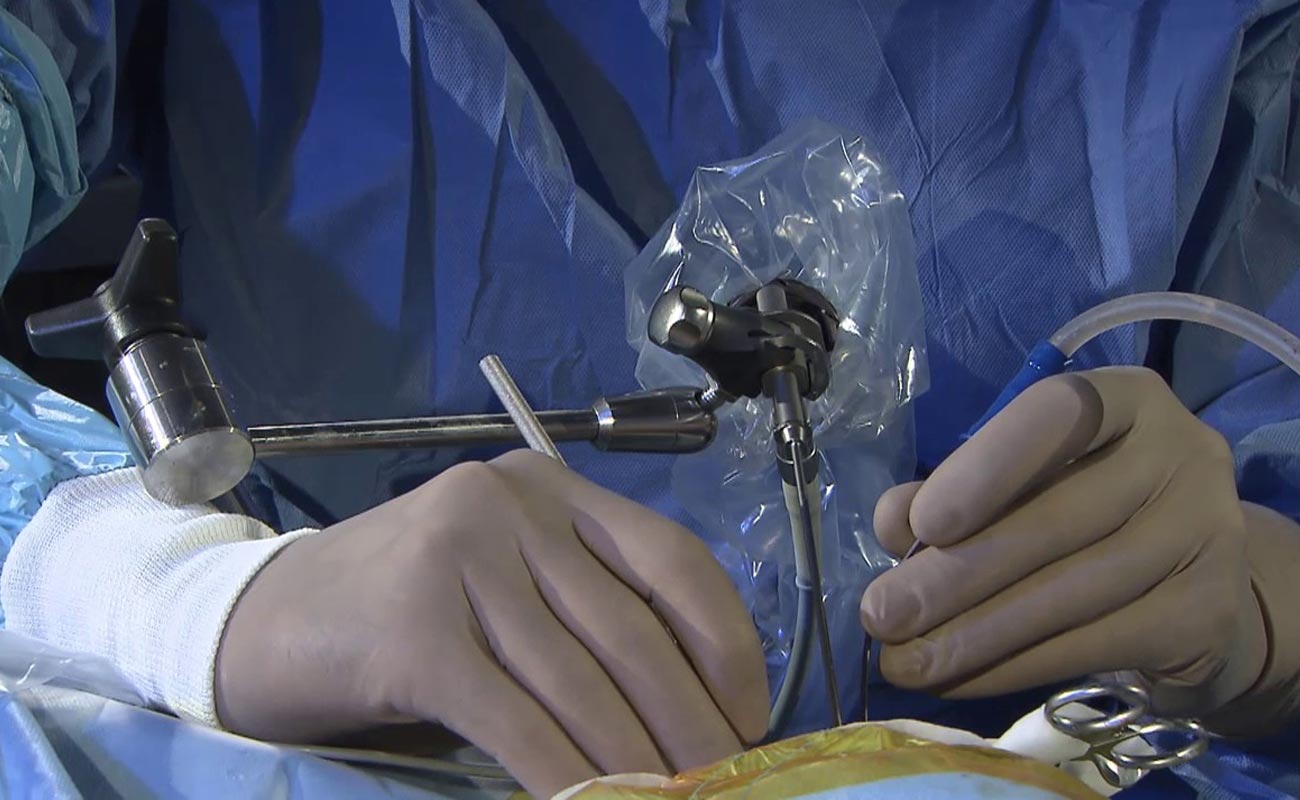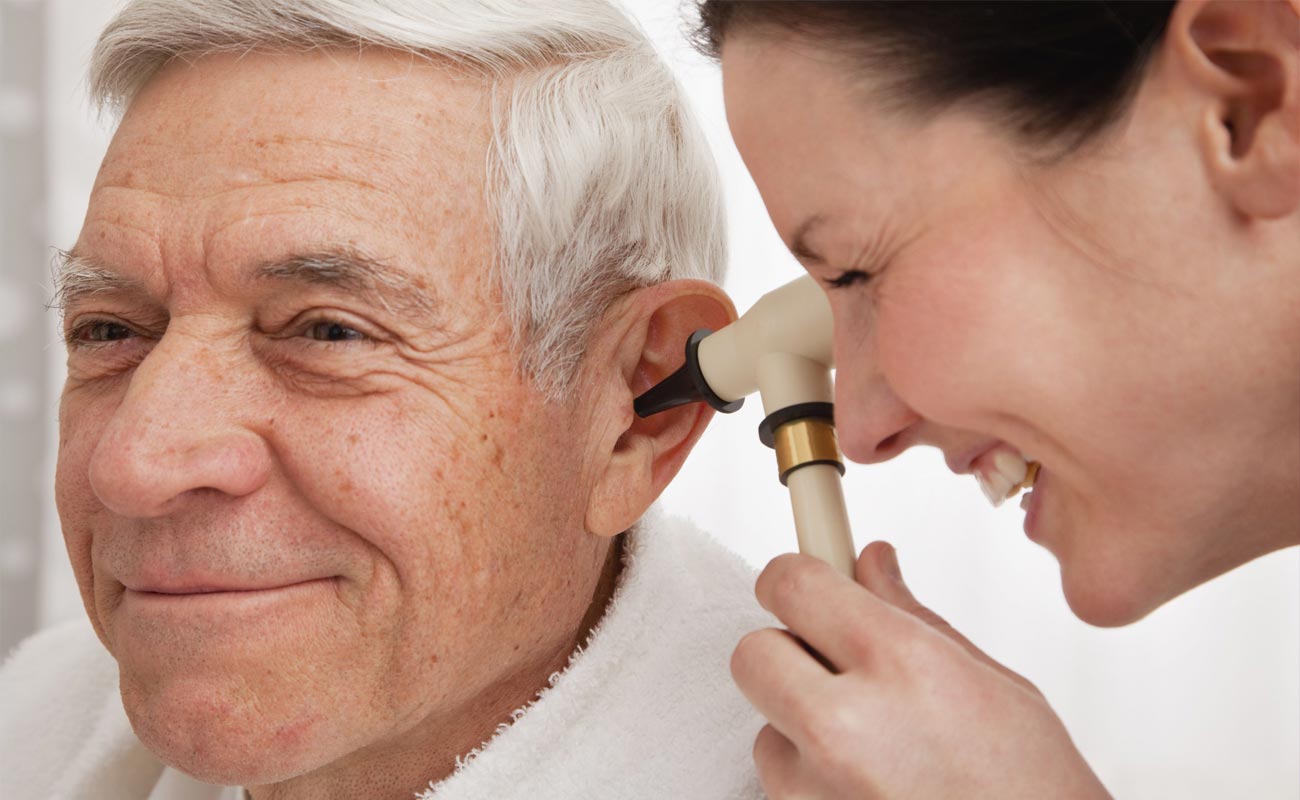
A vestibular schwannoma (known as acoustic neuroma, acoustic neurinoma, or acoustic neurilemoma) is a benign, typically slow-rising tumor that grows from the balance and hearing nerves providing the inner ear. The tumor originates from an overproduction of Schwann cells (the cells that normally twist around nerve threads like onion skin to aid, support and insulate nerves. As the vestibular schwannoma raises, it affects the hearing and stabilize nerves, generally triggering one-sided or asymmetric hearing damage, tinnitus (ringing in ears), and light-headedness/ balance loss. As the tumor develops, it can affect the sensitive face nerve (trigeminal nerve), initiating facial emotionlessness. Also, Vestibular schwannomas can have an impact on the facial nerves causing facial dumbness or paralysis on the tumor. If the tumor turn out to be big, it will in due course press against nearby brain structures (like the brainstem and the cerebellum), to become life-threatening.
Symptoms

The most prevalent symptoms are:
Acoustic neuroma symptoms may look like other health conditions or problems. Keep in mind every time to consult the health care provider for a diagnosis.
Two types of acoustic neuroma are: a sporadic form and syndrome form known as neurofibromatosis type II (NF2). NF2 is a congenital ailment regarded as the growth of noncancerous tumors in the nervous system. Acoustic neuromas are the most prevalent form of these tumors and frequently happen in both of the ears by the age 30.
NF2 is an uncommon condition. It is responsible simply for 5% of acoustic neuromas. That is, the vast majority of them occur in the irregular form. Medical experts are not sure of causes of the sporadic form. However, one recognized risk factor for acoustic neuroma is contact to high amounts of radiation, particularly to neck and head.

Medical experts seek acoustic neuromas with diagnostic examining and imaging studies. One test consists of releasing clicks into both ears, one by one, and recording brainwave activity in the neural system. Comparing the two ears could tell if an acoustic neuroma exists in one of them. One more imaging exam is magnetic resonance imaging known as MRI, with inoculation of a contrast agent (typically gadolinium) which shows an acoustic neuroma if one is present. Gadolinium can’t be employed in all of the patients. Therefore, if this exam is ordered for one, s/he should review his/her detailed entire medical history with the radiologist performing the test.
The acoustic neuroma treatment might be performed in different forms, depending on the size and development of the acoustic neuroma and if you are undergoing the symptoms. The doctor, in order to treat acoustic neuroma, might suggest quite a few treatments.
If you have a minor acoustic neuroma which is not developing or is developing slowly and causes a small number or no symptoms, you and your GP may choose to monitor it, particularly if you are an older adult or otherwise not a good applicant for the treatment.
The GP may advise you to have regular imaging and hearing examinations, typically each six to 12 months, to find out whether the tumor is developing and just how rapidly it does. If the scans indicate the tumor is on the rise or if the tumor causes advanced symptoms or other problems, you might be required to go through treatment.
The GP might recommend stereotactic radiosurgery if you’re undergoing an acoustic neuroma. It worth noticing that some huge tumors cannot be treated with stereotactic radiosurgery.
The aim of stereotactic radiosurgery is to end the development of a tumor, reserve the nerve's function and perhaps reserve hearing. Though, a study has indicated that lots of individuals slowly lose their hearing within 10 years.
In stereotactic radiosurgery, like Gamma Knife radiosurgery, GPs provide radiation exactly to a tumor without creating a cut. The GP attaches a lightweight head frame to the scalp to retain your head still throughout the process. Your PG through using imaging scans, locates the tumor and decides on the spot to direct the radiation rays.
It might take weeks, months or years before the effects of radiosurgery turn into being obvious. Your practitioner will observe your progress with follow-up imaging studies and hearing tests.

Risks of radiosurgery include loss of hearing, buzzing in the ear, weakness and numbness of the face, problems with balance and failure of the treatment (continued tumor development). Rarely, the radiation could trigger a cancer in the treated area in the future.
You might need surgery to eliminate an acoustic neuroma. Your surgeon might employ one of the several techniques used for removing an acoustic neuroma, depending on the bulk of your tumor, preoperative hearing status and some other elements. The aim of the operation is to take out the tumor, preserve the facial nerve to avoid facial paralysis and if possible, preserve hearing.
Surgery for an acoustic neuroma is executed in general anesthesia and involves removing of the tumor through the inner ear or through a window in the head. The whole tumor might not be able to be removed in some cases. For instance, if the tumor is so close to vital parts of the brain or the facial nerve.
Surgery can also create complications, such as making symptoms worse, if specific nerve or cranial structures are affected in the process. These risks are frequently based on the bulk of the tumor and the surgical method applied.
Side effects and complications might include:
Submit Comment